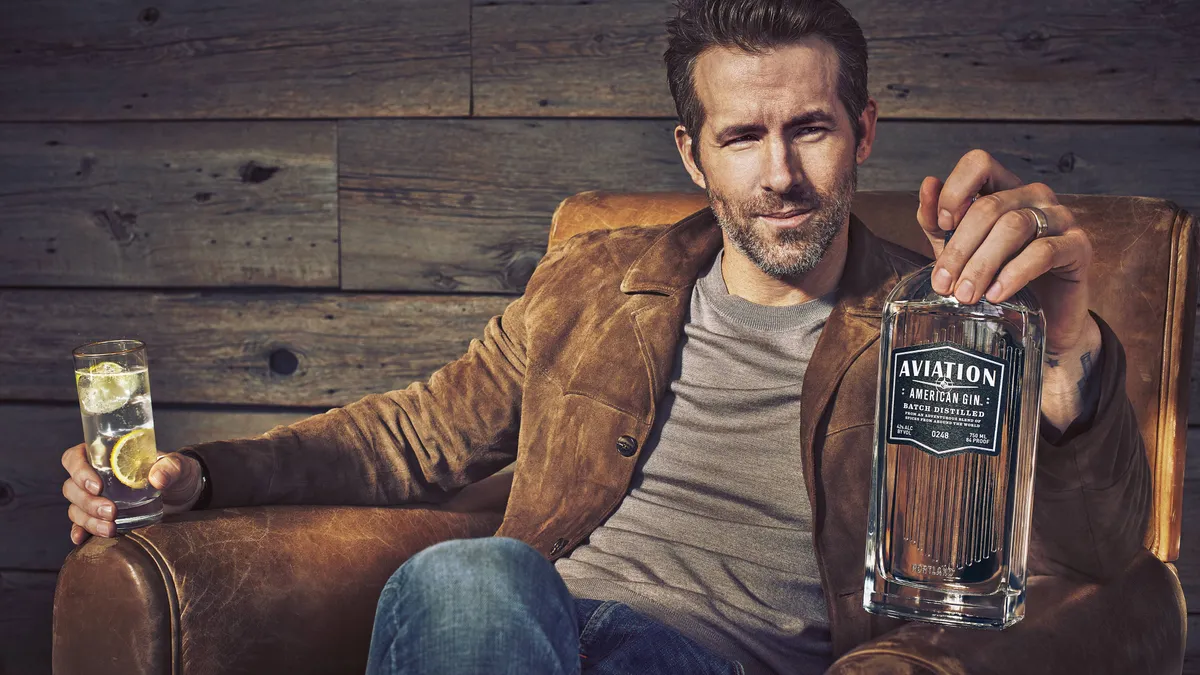A key theme at this year's Advertising Week was that gender parity is closer than ever. On the heels of a September study that pointed to a record number of female leadership appointments in marketing departments, the annual gathering of the advertising industry featured dozens of panels and workshops championing women's advancements and vocalizing their feats, from "Women Shifting Culture: How to Harness the Power of the Female Voice" and "Discover Talk: It's a Great Time to be a Woman."
Brands are largely reinventing the CMO position amid cost-cutting efforts and managerial reshuffling, with some even axing the chief marketer role altogether to bifurcate it into multiple focused positions, such as McDonald's creation of two new positions underscoring the importance of tech and data in marketing. As a result, the chief marketer role has floated in a state of transition for several years, a situation that ramped up this year with a flurry of high-profile departures by Lyft's Joy Howard, Johnson & Johnson's Alison Lewis, Taco Bell's Marisa Thalberg and others.
Across multiple Advertising Week sessions, panelists unpacked how brand marketers' renewed focus on diversity in leadership could serve as an equalizer for female candidates in a historically male-dominated environment, raising the question: As the CMO role evolves, is gender parity within the C-suite in sight?
"I think the glass ceiling is sort of ever-present. Even when you feel like you've broken through it, there appears another one," Leanne Fremar, chief brand officer at JPMorgan Chase, said on a panel. "I think you have moments of glory, but you're always going to walk into the room and generally speaking, you'll be outnumbered, and people will automatically count you out."
While the takeaways from Advertising Week were generally positive for women in brand-side marketing departments, the picture wasn't as clear for women in advertising agencies, which have a deeply entrenched reputation for discrimination. Data revealed last week by She Runs It and Diversity Best Practices identified a drop in female representation in the advertising, media and tech industries. Just 29% of executives in these industries are women, down from 30% last year.
Despite a few setbacks, the dividends of many trailblazing women were readily apparent amid discussions at Advertising Week, accompanied by tales of their career trajectories, tips for younger players and broader talks of where more progress is needed.
Internal pressure cooker
A fresh report from management consulting firm Russell Reynolds Associates notes that female marketers are increasingly winning spots in the C-suite, with 48% of chief marketer appointments going to women in the first half of 2019. Women appear to be making gains at the highest level within companies, as the previous record was in the second half of 2016, when 47% of women were hired as CMOs. The report went so far as to say that "gender parity is almost here." Examples include hires such as Jennie Perry, CMO of Amazon Prime North America, and Allison Peterson, CMO of Best Buy.
Average tenure of the modern CMO is just 43 months — down one month from 2017 and nearly half that of their chief executive counterparts, per a June study from executive search firm Spencer Stuart. The CMO role historically was focused on branding, PR and advertising, but the role has evolved to require these executives wear several hats. Aside from overseeing all branding, marketing and advertising, many brands now also expect the CMO to bear responsibility of the customer experience, personalization and targeting technology while growing revenue.
"I think the glass ceiling is sort of ever-present. Even when you feel like you've broken through it, there appears another one."

Leanne Fremar
Chief brand officer, JPMorgan Chase
There is often greater pressure to do it all as a high-ranking woman in a company, Fremar said.
"Imposter syndrome is something that certainly I've struggled with throughout my career," she said. "It's okay to feel that way, but it's not okay to let that emotion to control you. You have to tune out that imposter voice."
The best marketers represent their company's diverse customer base in discussions with other departments, according to Harley-Davidson CMO Heather Malanshek. They recognize their role in vocalizing customers' perspectives in environments where profits, one-upping rivals and integrating the newest tech often shout louder for executive attention.
"Although Harley-Davidson feels like it would be a very masculine brand, we have a lot of women in senior leadership positions," she said. "Previous roles I've been at [have had] a heavy glass ceiling, and at some point, if you keep punching that damn thing and it won't break then you have to make another choice."
Malanshek outlined Harley-Davidson's internal initiatives to empower employees through mentorship, participation in the I Act On program for addressing unconscious bias in the workplace, and programming to foster empathy and understanding. A key focus, she said, surrounds connecting women and minority employees to the mentorship and workplace tools that can catapult advancements.
Russell Reynolds' report from September notes that over 80% of CMO appointments in the first half of 2019 were external hires, suggesting that most next-generation leaders must switch employers to reach top marketing positions.
"Though internal promotions are being seen in less than one in five CMO appointments, organizations are moving away from elevating long-tenured marketing executives into the top role," per the report.
Russell Reynolds highlights challenges marketers face in moving up the ladder as the skills required to be a CMO evolve, often in ways that don't prepare employees for leadership roles.
"You can look around your table and think you're doing a great job, but I think when you really measure it, the numbers and the facts speak for themselves."

Leanne Fremar
Chief brand officer, JPMorgan Chase
While companies generally promote those who support the bottom line, women and diverse talent often don't have equal access to the mentoring opportunities that can elevate them in the first place, hindering them from rising through the ranks. A 2018 study by the Lean In organization and McKinsey & Co. found that women are 21% less likely than men to be promoted to manager, and African-American women are 40% less likely. While there's no way to pinpoint exactly how gender and other factors influence representation up the ladder, brands must commit to developing a pipeline of diverse leaders in order to properly represent their customer base, panelists on Thursday explained.
According to JPMorgan Chase's Fremar, a quantitative approach with measurable goals can forge a clearer path to advancement for diverse employees.
"You can look around your table and think you're doing a great job, but I think when you really measure it, the numbers and the facts speak for themselves," she said. "If you want to get to a number, you've got to be measuring it and tracking progress and make sure that you and everyone on your team is taking that really seriously. It's not a nice to have, it's a must have. Prioritize it."
Pitbull performance clashes with trade show themes
Amid the panels on how brands can empower women and forge better pipelines of diverse talent, the four-day trade show kicked off with a performance by Grammy-winning girl group TLC and first awards series for the "Future is Female" initiative to highlight rising stars in the traditionally male-dominated ad world. Just as it seemed true headway was being made, Advertising Week wrapped with a provocative performance by Pitbull surrounded by scantily clad "twerking" women. Attendees were quick to vocalize the hypocrisy of the event that occurred just hours after panels focused on equality and combatting gender bias.
While the performance by Pitbull, who launched a multicultural marketing agency in August and whose lyrics have been routinely labeled sexist, does not negate the value of Advertising Week's focus on female empowerment and diversity and inclusion, its indisputable juxtaposition illustrates that the industry still has a long road ahead.
Droga5 CEO Sarah Thompson noted that though she still sees differences in how the men and women at her agency go about requesting promotions and mentorship, the fact that companies — and the broader industry — are now placing greater emphasis on diversity initiatives represents a step in the right direction.
"We have progressed because now you can have a conversation and find people to look up to," she said. "When I was in my mid-30s, I wouldn't even have admitted that there was a difference."













